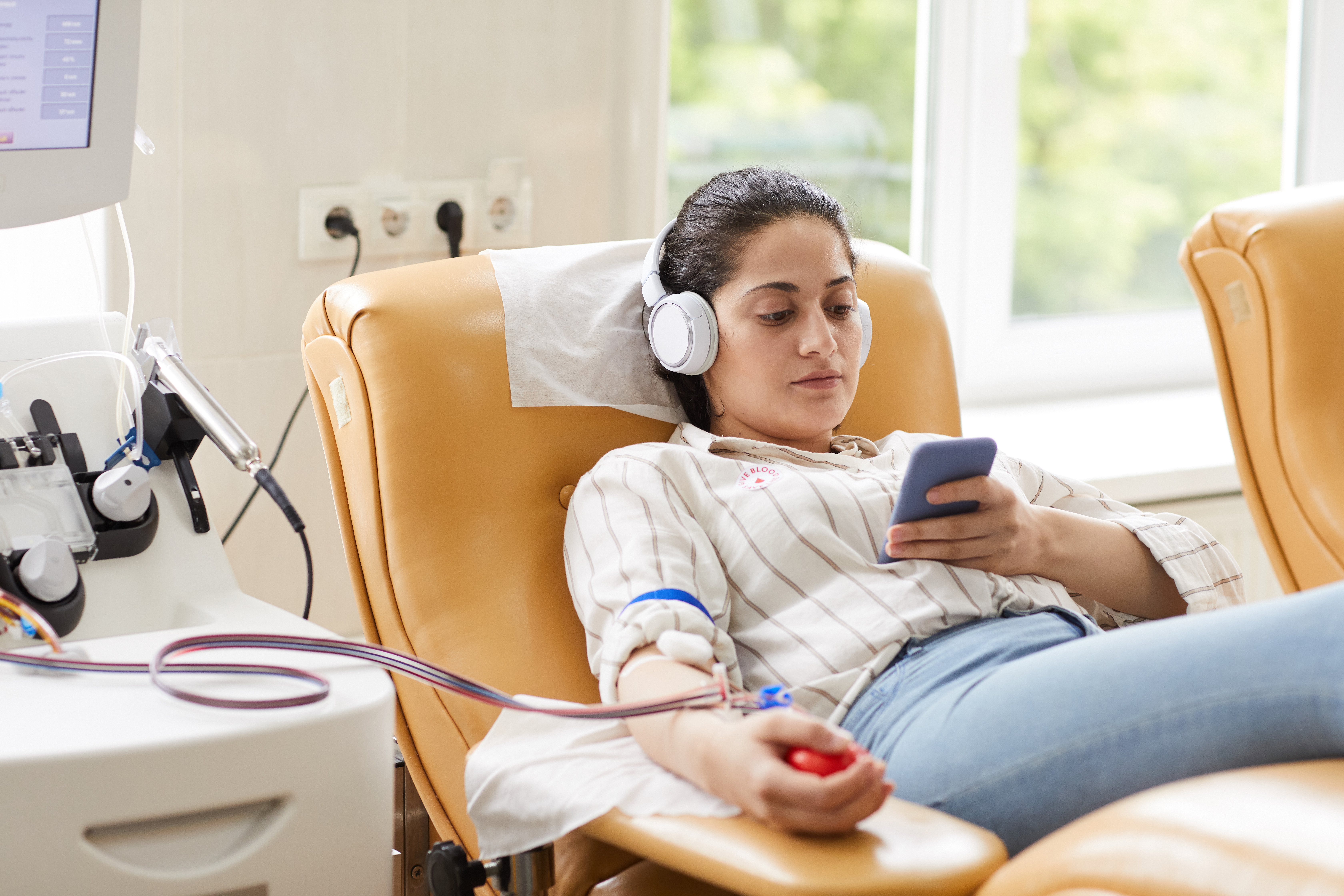

Healthcare Design – It’s Personal
By Tracy Stocking
In September of 2009, I was diagnosed with bone cancer. Over the next 8 months, I spent approximately 40 days and nights in a state-of-the-art patient room in a state-of-the-art flagship hospital. I was in good hands, cared for by dedicated and compassionate doctors, nurses, social workers, and others.
As a healthcare architect, I tried to be attuned to my environment and learn from this experience. The patient rooms were properly planned with caregiver access near the door and visitor space on the perimeter wall. Large windows provided ample comforting views and natural light. The nurse-call, lighting controls, bed control and TV remote control were all convenient and easy to use.
However! There was one key element of the environment that was sadly sub-standard: Noise.
Sleep and rest – key elements to recovery and healing – were surprisingly and disappointingly hard to achieve. As I lay awake and unable to sleep, I tried to identify the various sounds that were keeping me awake. Some were easy, like 2 nurses talking loudly outside my door, or the frequent code announcements over the intercom. Some were more challenging, like dragging heavy furniture or equipment across a floor somewhere above me – in the middle of the night!
If you are lucky enough to have not spent a night in a hospital patient room, just imagine your worst hotel night ever. It’s like that.
So far, I have not been able to find an elegant design solution. I’ve explored sealing the door with sound gaskets and automatic door bottoms. The gaskets help, but facilities folks won’t accept the door bottoms because they are notoriously difficult to maintain.
Sound masking has been suggested. This is a sound system that produces white noise and can be somewhat effective in helping with acoustic privacy in Exam rooms, but not good enough for patient rooms.
Finish materials such as floors, walls and ceilings all have a role to play in acoustic performance. Hard smooth surfaces, which are typical and required inpatient care areas for the purpose of infection control, exacerbate unwanted noise. While it may be tempting to replace sheet-vinyl floors with carpet (deep-pile shag anyone?) or level-5 painted gypsum-board walls with heavily texture wallcovering, these are obviously not allowed by hospital construction codes and guidelines.
I’ve considered adding a vestibule or anteroom to every patient room – like in an Airborne Infection Isolation room. In light of the recent pandemic, this would add the benefit and flexibility of providing more “Covid Isolation” rooms. This may be one of the best ideas out there, but it comes with a significant increase in construction costs that most hospitals aren’t willing to accept.
So what is the solution? People and technology!
First – the care team (meaning every hospital employee) should be aware of and sensitive to patient comfort. Administrators, physicians, nurses, every permutation of caregiver, housekeepers, maintenance, dietary, etc, must keep this top of mind. Here are a few simple measures that every hospital could adopt:
- Wear soft-soled shoes in patient units.
- Don’t talk in patient unit corridors.
- Schedule cleaning and maintenance work between 8 and 5 – when most patients are awake.
- Control general paging in patient units and rooms.
Second – the patient could benefit from a nice pair of noise-canceling headphones or earbuds. This might sound simplistic and not “design-ey” enough but consider the benefits:
- the patient has control – they could provide their own
- they hospital could provide them
- they could be plugged into the nurse-call & intercom system
When faced with a similar challenge the late famous architect Michael Graves arrived at a similar elegant non-architectural solution. He had designed a dramatic skylight in the master bedroom of a mansion for a wealthy sheik. The client later complained that the light of the moon prevented him from sleeping at night. Michael, as creative as he was, could not come up with a design solution that didn’t compromise the elegance of the design concept. On the flight across the ocean to present the sheik with a brilliant solution, he was given a sleep mask by a stewardess. That was his light-bulb moment. Upon meeting the sheik, he presented a sleep mask as his non-architectural yet simply elegant solution.
